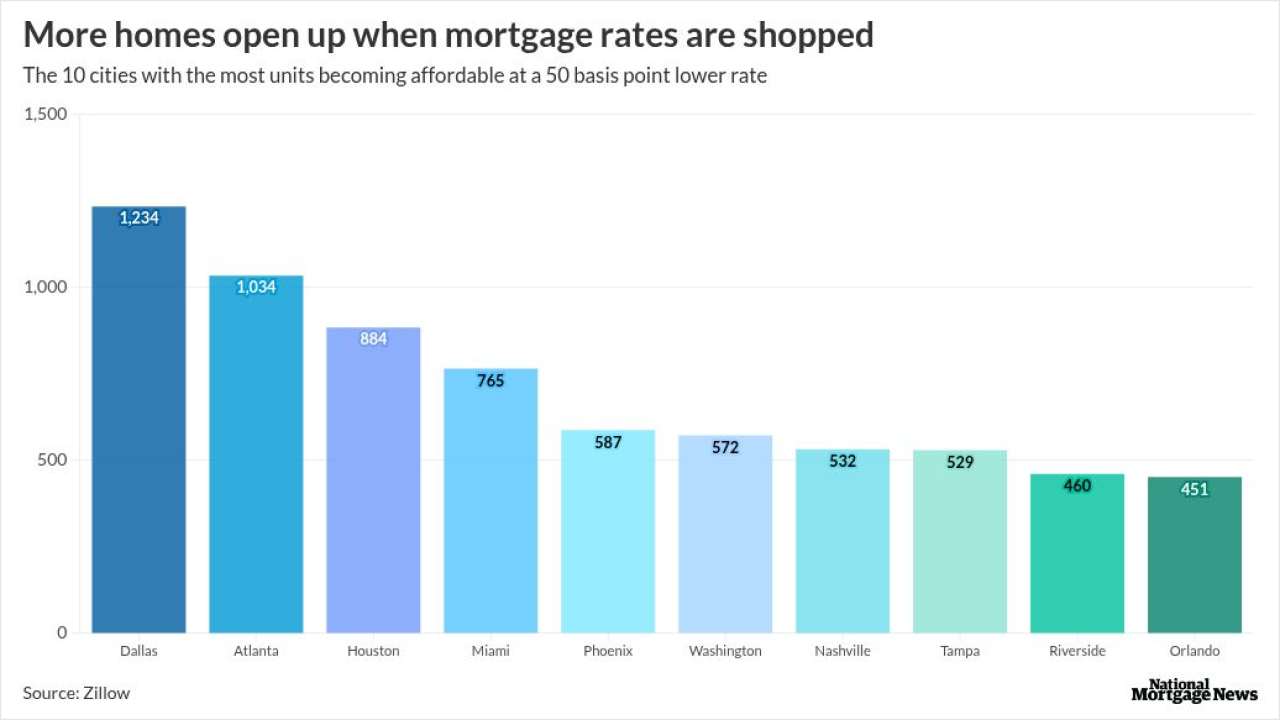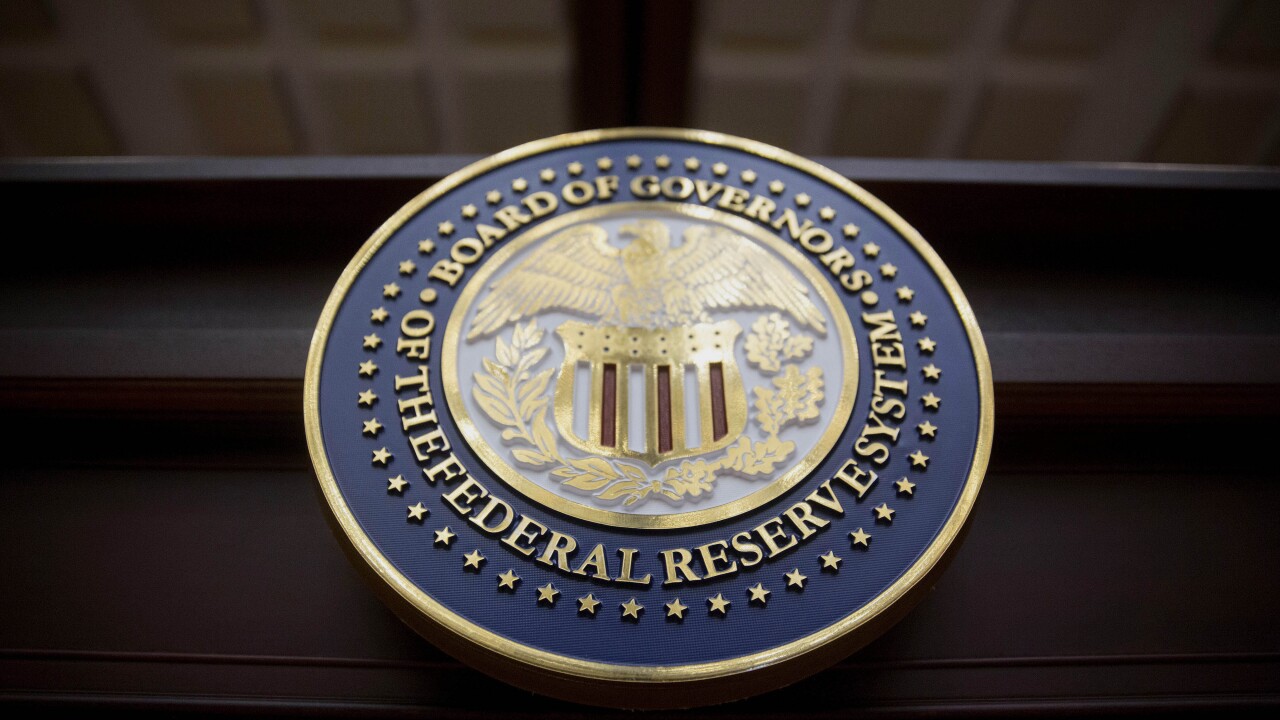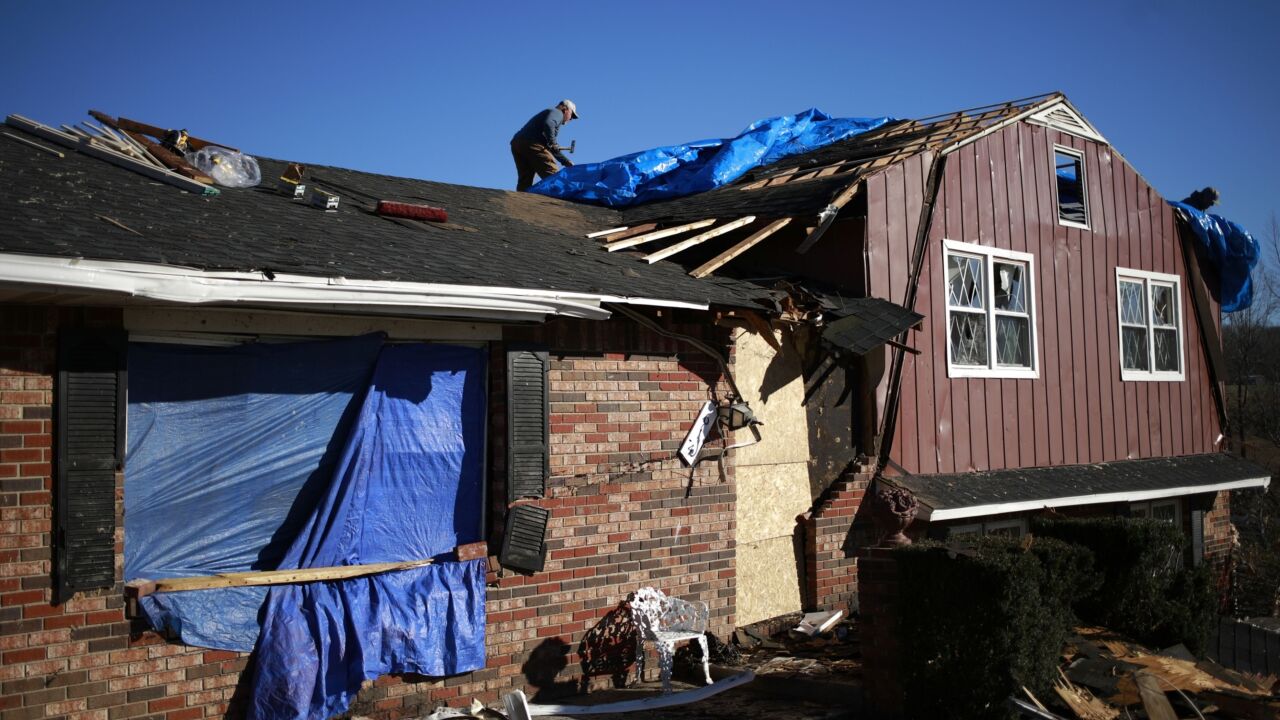If federal regulators were to reduce or do away with loan level pricing adjustments at the government-sponsored enterprises, the effect on borrowers would be modest, but it would reduce earnings at Fannie Mae and Freddie Mac, a Keefe, Bruyette & Woods analysis found.
Lower return on equity could put a crimp in privatization plans as well.
The Oct. 26 report follows
A second Pulte tweet on Oct. 23 said "LLPAs need to be called 'Pricing.'"
Why an LLPA drop would not have much benefit
Any positive effects from reducing LLPAs would not have much of an impact on the housing market, wrote Bose George, an analyst at Keefe, Bruyette & Woods.
The LLPAs make up approximately 30% of the guarantee fee collected by Fannie Mae and Freddie Mac, George said. They are
Reducing them would lower mortgage rates, but because generally they are quite modest, and since most loans where higher LLPAs would have been paid are being done through the Federal Housing Administration program, overall it would not move the needle much.
Last year, just 2% of mortgages sold to Fannie Mae had a FICO under 660; at a 680 credit score, that increased to 5%. But more than half of FHA volume in 2024, 55%, had a credit score under 680.
"This suggests that reductions in LLPAs will most likely just result in a shift in borrowers from the FHA to the GSEs," George wrote. Borrowers would make some trade-offs in that shift.
For the week of Oct. 17, average conforming mortgage rates were 25 basis points higher than for FHA, 6.37% versus 6.12%, according to the Mortgage Bankers Association's Weekly Application Survey.
Who would be the big winner if LLPAs are changed
But while FHA rates are lower, it
This is why this potential shift has George commenting the "biggest beneficiaries" of any changes to the LLPAs would be the private MI underwriters.
"While a modest reduction in LLPAs (for example, around 10 basis points) is unlikely to increase mortgage volumes much, it could make GSE loans more compelling to a small cohort of borrowers who are now getting their loans at the FHA," he said.
In George's
The most likely result of a 10 basis point reduction in the g-fee due to an LLPA cut would be at the bottom lines of both Fannie Mae and Freddie Mac, as well as to their return on equity.
It could also affect the viability of a possible stock offering being contemplated by the Trump Administration.
A large impediment to Fannie Mae and Freddie Mac privatization is a low ROE. The result of an LLPA reduction would be to make privatization "even more challenging," George said.
George's forecast for
In turn, estimated ROE at a 2.5% minimum capital falls to 11.8% from 15.4%; at a 4.25% minimum capital, its 6.5% at 55 basis points versus 8.5% 10 basis points higher.
For
Similarly, ROE slips to 11.2% from 14.7% at 2.5% minimum capital; at 4.25%, Freddie Mac's ROE is 7% with the lower g-fee, compared with 9.1% at the higher level.





